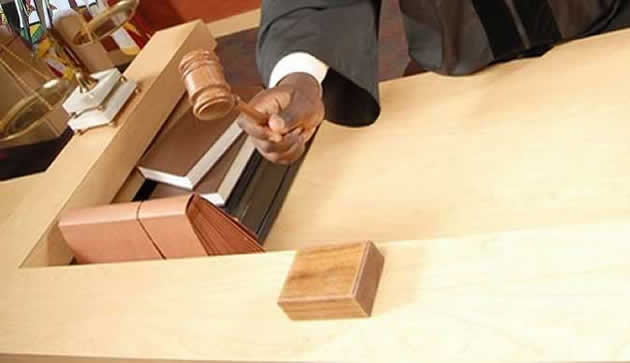Combating cultural heritage crime in Zim

The country’s three statutory heritage institutions, namely the National Gallery of Zimbabwe, National Museums and Monuments of Zimbabwe and National Archives of Zimbabwe under the Ministry of Rural Development, Promotion and Preservation of National Culture and Heritage launched a Manual on Combating Heritage Crime and illicit trafficking of Cultural Property on Wednesday at the National Gallery of Zimbabwe.
The fight against the illicit trafficking of our cultural property is in line with United Nation Educational, Scientific and Cultural Organisation and other international and national organisations. Since the early colonial period, Zimbabwe many other colonised countries has been a victim of the illegal trafficking of cultural property.
The Manual was officially launched by the Permanent Secretary of the Ministry of Rural Development, Promotion and Preservation of National Culture and Heritage, Dr Thokozile Chitepo who delivered a speech on behalf of the Honourable Minister of Rural Development, Promotion and Preservation of National Culture and Heritage, Abedinico Ncube.
In his speech the minister mentioned that it is a mandate that the Ministry of Rural Development, Promotion, and Preservation of National Culture and Heritage to ensure that all Zimbabweans value and protect their culture and heritage.
“The promotion and preservation of national culture and heritage is a critical facet of a nation’s livelihood. Cultural heritage is a reflection of our history, our civilisation and how we Zimbabweans have co-existed with other people,” Ncube said.
The Manual sought to strengthen cooperation and collaboration between practitioners, policy-makers, researchers, activists and communities in the effort to sustain intangible cultural heritage; and promote sustainable development and dynamic growth of intangible cultural heritage for present and future generations. Losing your cultural heritage means memory loose.
“The manual highlights preventive strategies that can be used to protect cultural heritage and the challenges that are faced by the heritage institutions in protecting this heritage,” said Murambiwa, the Director of National Archives of Zimbabwe.
Ncube said the country has been a victim of illegal trafficking of cultural property since the colonial era when thousands of cultural and art objects were looted from Zimbabwe and sold abroad.
“The theft and trafficking of cultural property and other items of archaeological and historical significance represent a profound and often irreparable loss, one that we must work together to stop before it is too late,” Ncube said.
It is in this context that the three statutory heritage institutions have been stimulated to become one in order to combat the illicit trafficking of cultural property. This project will reinforce institutional capacity of the heritage bodies, and with their strategies implemented, they will be able to fight cultural crime
The manual, which was co-authored by Prisca Nyaunde and KundishoraChipunza, will help law enforcement agencies, Immigration, Interpol, Civil Aviation Authority, Shipping and forwarding Agents, ZIMRA, and other bodies to combat the illicit trafficking of cultural property. Other contributors include the Conservation Manger at the National Gallery of Zimbabwe Lilian Chaonwa and the Chief Librarian Joseph Fushayi.
“The manual is a call that each and everyone of us should embrace because our Cultural Heritage is the unique testimony of our culture and identity as Zimbabweans and it is an irreplaceable asset its protection should be our top priority as Nation,” said Nyaude. “It is our hope as the co-authors of the manual that it will create a platform for collaborative interaction among the heritage institutions and the law enforcement agencies.”
The targeted outcome is Zimbabwe as a country to have a good management of heritage collections as part and parcel of international perception management. This is in line with the stakeholder confidence building in cultural property crime which will result in good business practise in the cultural industry.
The three institutions will benefit from formalised relationship with law enforcement agents and equipment to use in their departments for development of digital inventories.
“Our culture defines us as people and the need to stop the illicit trafficking of Heritage remains in our hands,” said the Deputy Director at the National Gallery of Zimbabwe, Raphael Chikukwa. He also assured his bosses that the three institutes will work with all stakeholders on this issue.
The manual highlights preventive strategies that can be used to protect cultural heritage and the challenges that are faced by the heritage institutions in protecting this heritage. The results will raise awareness and pave way for Zimbabweans to protect their cultural heritage.










Comments